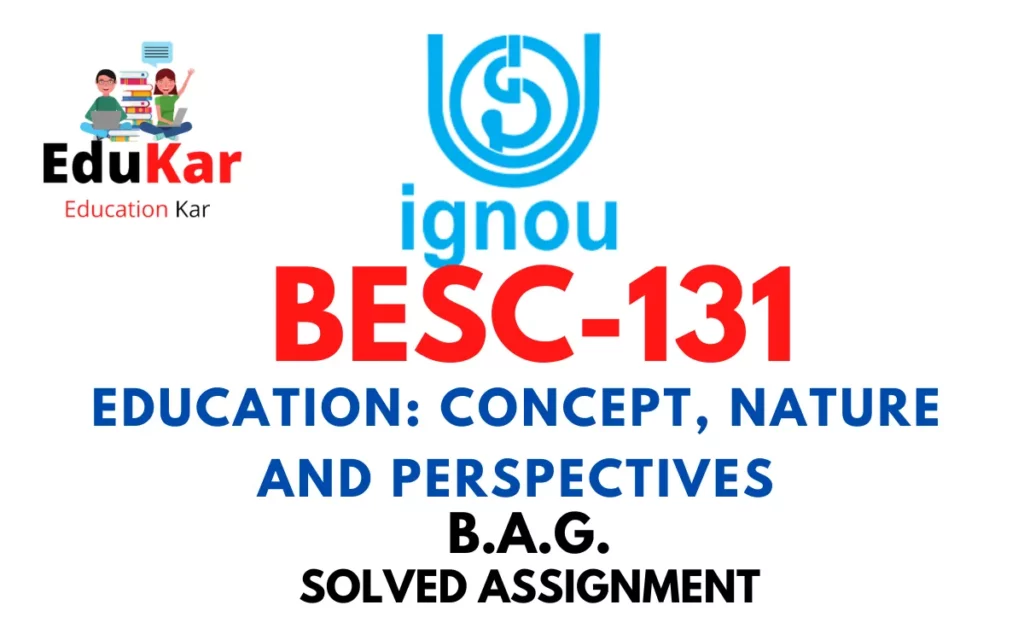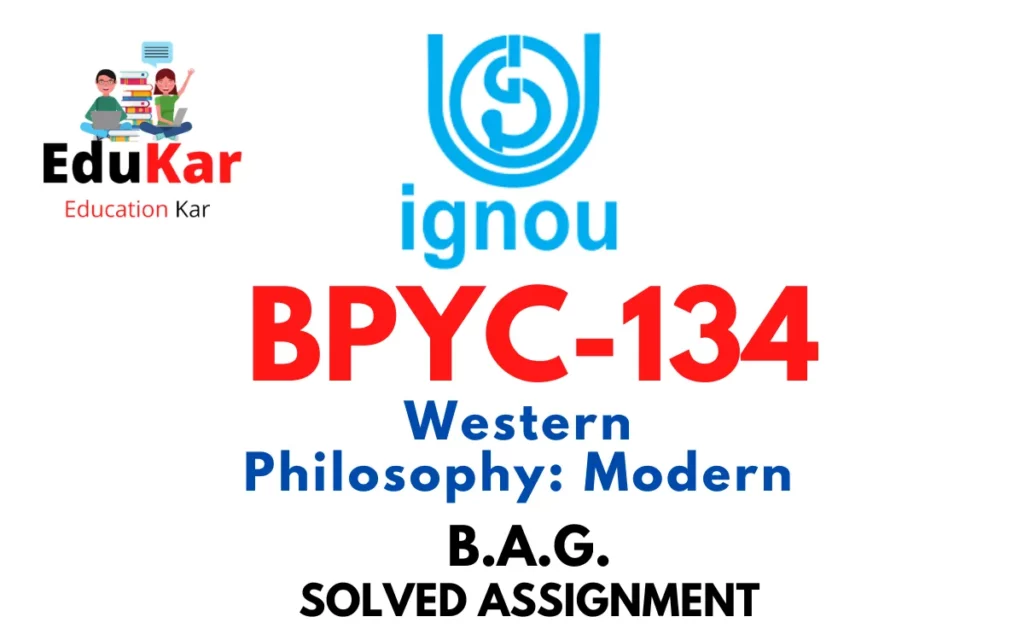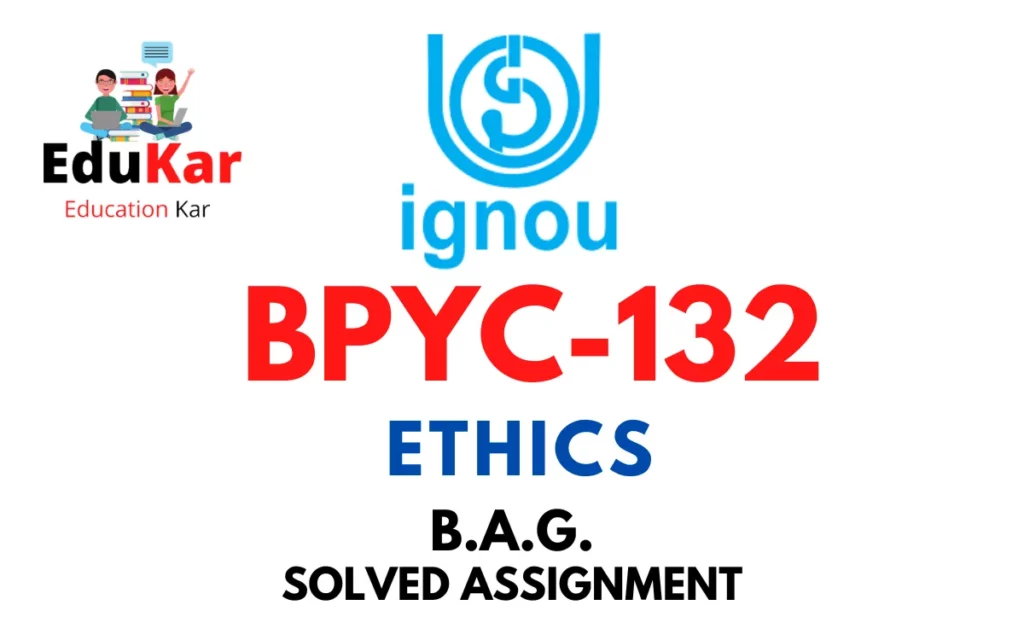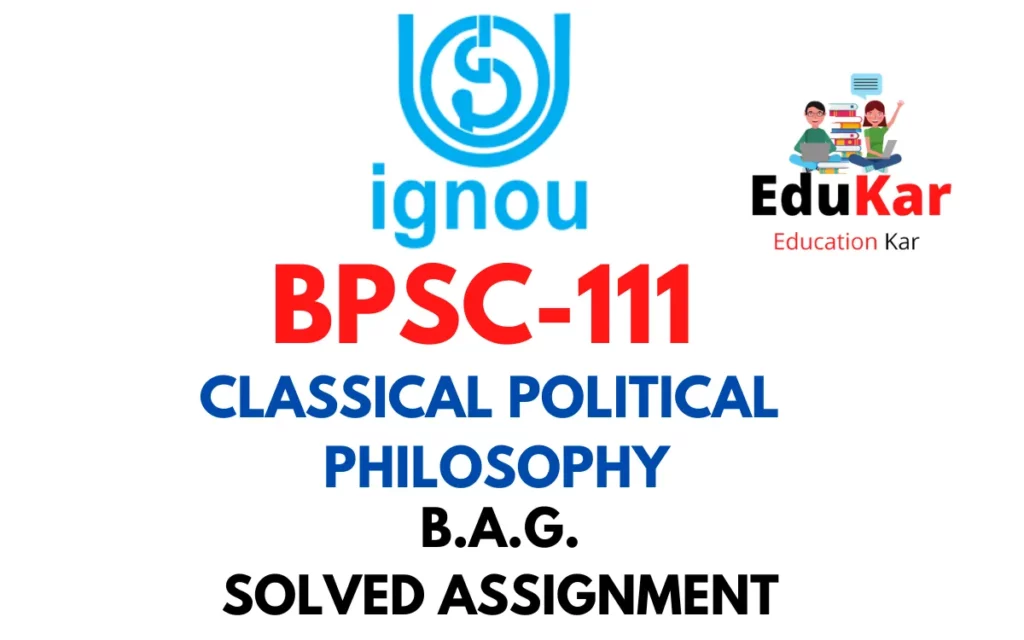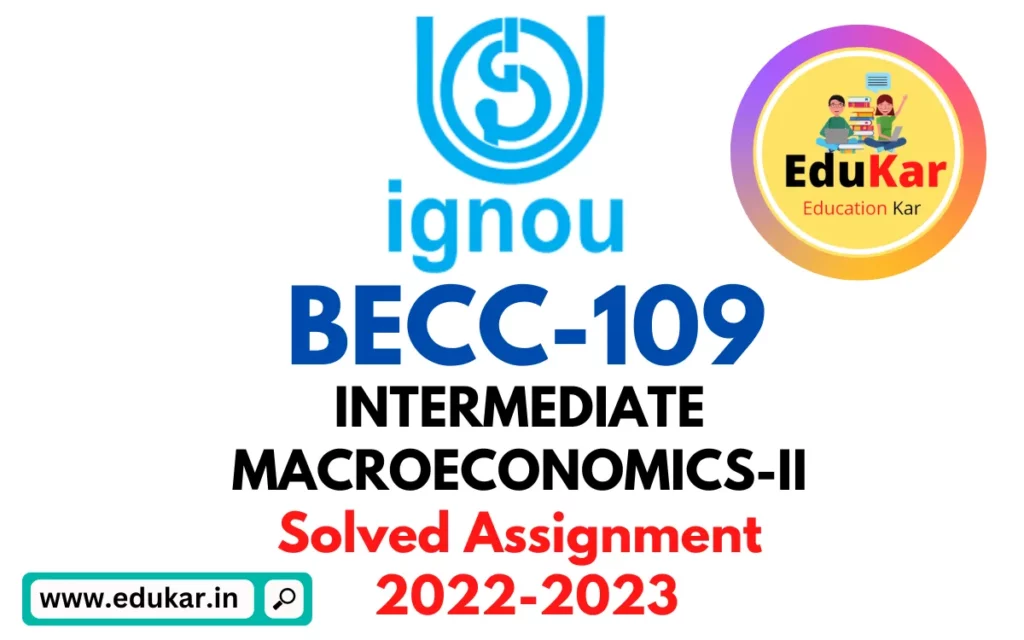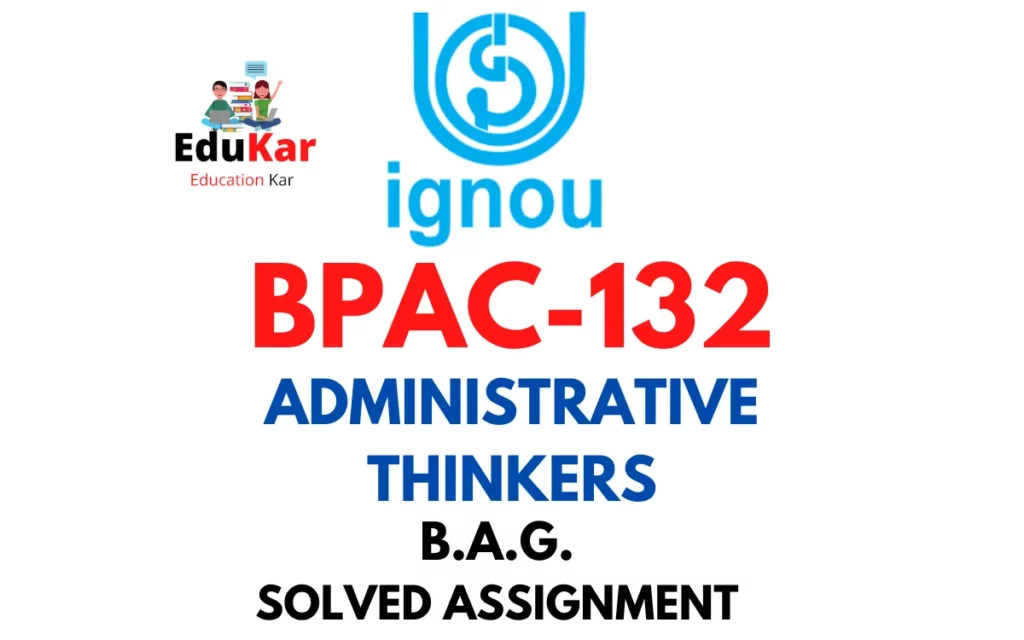Contents
- 1 Assignment A
- 2 Answer the following questions in about 500 words each.
- 3 1. Discuss Shri Auribindo’s philosophy of Integral Education? In what ways ‘Mirambika – The Free Progress School’ was an innovative educational practice?
- 4 2. Discuss the concept, meaning and characteristics of educational research. Describe the basic steps in which educational research can be accomplished?
- 5 Assignment B
- 6 Answer the following questions in about 250 words each
- 7 3. Write importance of Pie graph and Bar graph. Develop pie graph and bar graph for the following data. Which one you find most suitable for the following data and Why?
- 8 4. Discuss about various dimensions of diversity present in social groups.
- 9 5. Describe the main purpose of dissemination of Best Practices? List out various activities for dissemination as per the purpose of dissemination.
- 10 6. Describe the characteristics of Action research? Discuss how action research is different from other researches.
- 11 Assignment C
- 12 Answer the following questions in about 125 words each.
- 13 7. Explain the main features of ‘Kasturaba Gandhi Balika Vidhalya’?
- 14 8. What do you understand by Open Educational Resources (OER)?
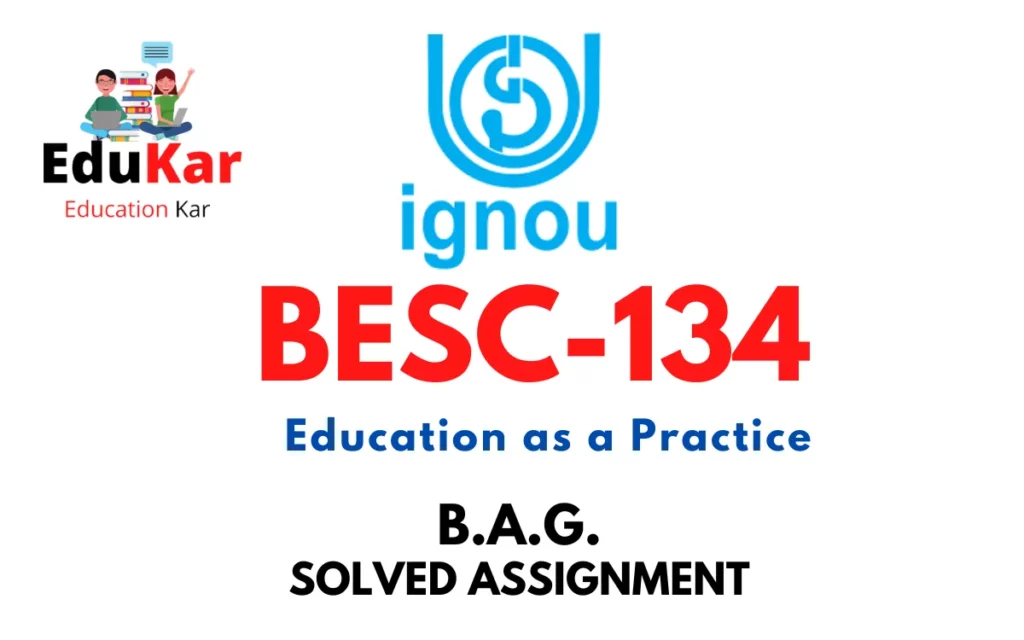
| Title | BESC-134: IGNOU BAG Solved Assignment 2022-2023 |
| University | IGNOU |
| Degree | Bachelor Degree Programme |
| Course Code | BESC-134 |
| Course Name | Education as a Practice |
| Programme Name | Bachelor of Arts (General) |
| Programme Code | BAG |
| Total Marks | 100 |
| Year | 2022-2023 |
| Language | English |
| Assignment Code | BESC-134 /TMA / July2022 and January 2023 |
| Assignment PDF | Click Here |
| Last Date for Submission of Assignment: | For June Examination: 31st April For December Examination: 30th September |
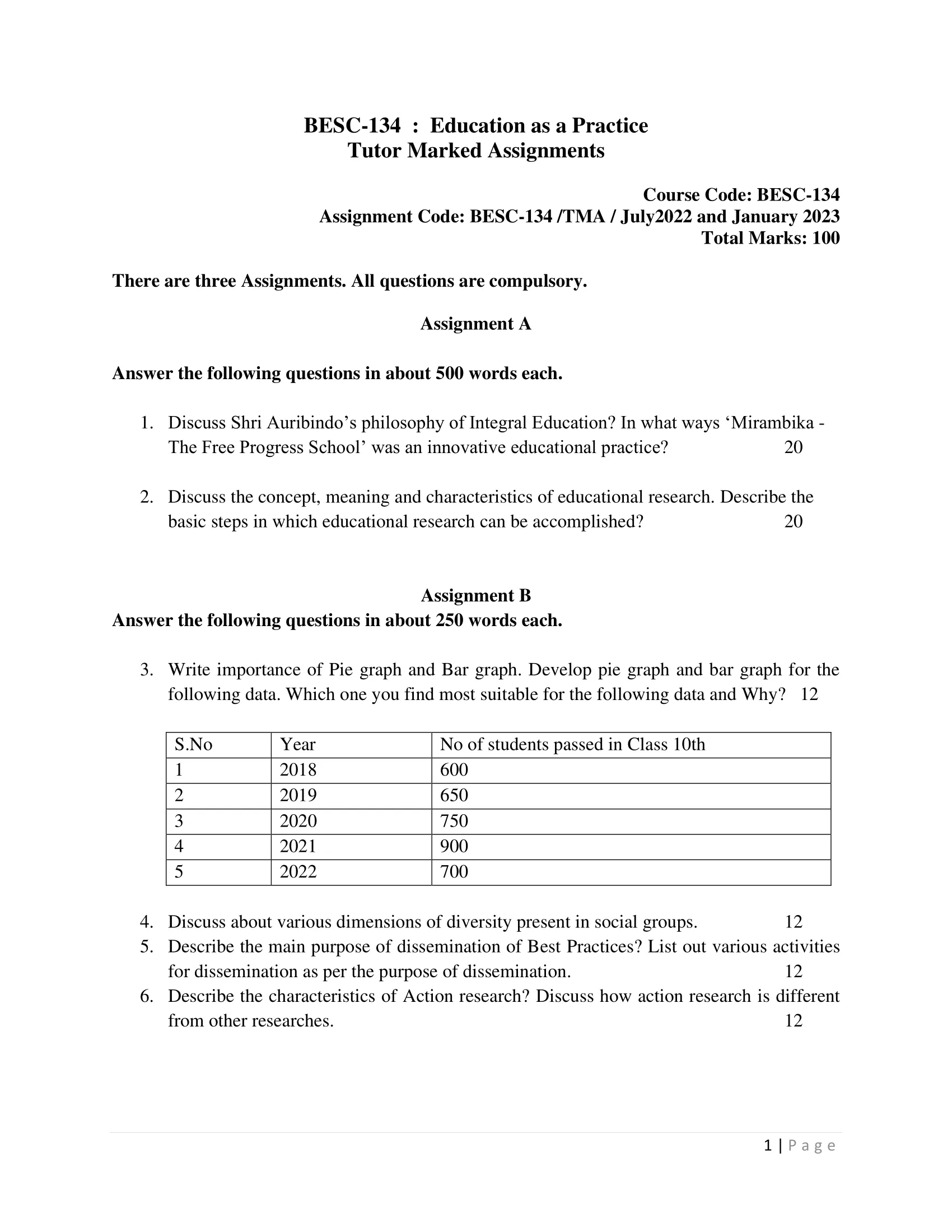

Assignment A
Answer the following questions in about 500 words each.
1. Discuss Shri Auribindo’s philosophy of Integral Education? In what ways ‘Mirambika – The Free Progress School’ was an innovative educational practice?
Ans: Sri Aurobindo’s philosophy of Integral Education is based on the idea of educating the whole person, not just their intellect. According to Sri Aurobindo, education should aim at the development of the physical, vital, mental, and spiritual aspects of the individual. This philosophy is based on the concept of integral humanism, which recognizes the unique potential of each individual and seeks to help them realize their fullest potential.
Integral Education seeks to foster creativity, critical thinking, and a sense of social responsibility in students. It aims to help students develop a strong moral character, a deep sense of self-awareness, and a connection with the world around them. The ultimate goal of Integral Education is to create a harmonious and balanced individual who can contribute positively to society.
Mirambika – The Free Progress School, founded by Sri Aurobindo’s collaborator, The Mother, in 1981, is an innovative educational practice that embodies the principles of Integral Education. Mirambika seeks to create an environment that fosters creativity and innovation while allowing students to learn at their own pace. The school is committed to helping students develop a sense of self-awareness and a connection to the world around them.
One of the innovative features of Mirambika is its focus on free progress learning, which allows students to learn at their own pace and follow their interests. The school does not have traditional classes or grades, but instead encourages students to engage in self-directed learning. The curriculum is designed to be flexible and adaptable, allowing teachers to tailor their approach to each student’s individual needs.
Another important aspect of Mirambika is its emphasis on experiential learning. The school encourages students to explore and experiment with their surroundings, which allows them to develop a deep understanding of the world around them. This approach to learning is designed to foster creativity, critical thinking, and a sense of social responsibility.
2. Discuss the concept, meaning and characteristics of educational research. Describe the basic steps in which educational research can be accomplished?
Ans: Educational research is a systematic process of inquiry that seeks to answer questions or solve problems related to education. The goal of educational research is to improve educational practices, policies, and outcomes by generating evidence-based knowledge. This research can take many different forms, including experimental studies, surveys, case studies, and action research.
Some of the key characteristics of educational research include:
- Objectivity: Educational research should be conducted in an objective manner, without bias or preconceptions.
- Systematic: Research should be conducted in a systematic manner, following a rigorous and well-defined methodology.
- Empirical: Educational research is based on evidence, which is gathered through observation and measurement.
- Generalizable: Educational research should produce findings that can be applied beyond the specific context of the study.
- Collaborative: Educational research often involves collaboration among multiple stakeholders, including researchers, educators, students, and parents.
The basic steps involved in conducting educational research include:
- Defining the research question or problem: This involves identifying a specific question or problem that the research aims to address.
- Conducting a literature review: This involves reviewing the existing research on the topic to identify gaps in the literature and to inform the development of the research question or problem.
- Developing a research design: This involves selecting an appropriate research design and methodology, which may include surveys, experiments, case studies, or other methods.
- Collecting data: This involves collecting data using the selected research methods and instruments.
- Analyzing data: This involves analyzing the data using appropriate statistical or qualitative techniques to draw conclusions and make recommendations.
- Reporting findings: This involves presenting the research findings in a clear and concise manner, which may include publishing in academic journals or presenting at conferences.
- Taking action: Finally, the research findings may be used to inform policy or practice, or to guide further research on the topic.
Assignment B
Answer the following questions in about 250 words each
3. Write importance of Pie graph and Bar graph. Develop pie graph and bar graph for the following data. Which one you find most suitable for the following data and Why?
| S.No. | Year | No of students passed in Class 10th |
|---|---|---|
| 1 | 2018 | 600 |
| 2 | 2019 | 650 |
| 3 | 2020 | 750 |
| 4 | 2021 | 900 |
| 5 | 2022 | 700 |
Ans: Pie graphs and bar graphs are important data visualization tools that are widely used in a variety of fields, including business, finance, marketing, economics, and social sciences. Both of these graphs are used to represent data visually, making it easier to interpret and understand complex information. Here are some of the specific benefits of pie graphs and bar graphs:
Pie graphs:
- Easy to read: Pie graphs are easy to read and interpret. They provide a quick snapshot of the relative proportions of different categories or values.
- Useful for showing percentages: Pie graphs are particularly useful for showing percentages or parts of a whole. They are commonly used to display market shares, budget allocations, or demographic information.
- Visually appealing: Pie graphs are visually appealing and can help capture the viewer’s attention. They can be used to create a clear and compelling visual representation of data.
Bar graphs:
- Easy to compare data: Bar graphs are an effective way to compare data across different categories or values. They allow the viewer to quickly compare the relative sizes of different groups.
- Good for large data sets: Bar graphs are particularly useful for displaying large data sets. They can be used to summarize complex data in a simple and easy-to-understand format.
- Useful for showing changes over time: Bar graphs can also be used to show changes over time. By creating a series of bar graphs over time, it is easy to see how data changes or trends develop.
Ans: Diversity refers to the variety of differences that exist among individuals or groups. It encompasses a range of characteristics, such as age, gender, race, ethnicity, culture, religion, sexual orientation, socio-economic status, and abilities. Social groups are composed of individuals who share common characteristics, experiences, and social identities. Here are some dimensions of diversity that are present in social groups:
- Demographic diversity: This includes characteristics such as age, gender, race, ethnicity, and socio-economic status. These demographic factors can have a significant impact on an individual’s experiences, opportunities, and outcomes.
- Cultural diversity: This refers to the beliefs, values, customs, and practices that are shared by members of a particular group. Cultural diversity can impact the way individuals communicate, perceive the world, and interact with others.
- Cognitive diversity: This refers to the different ways in which individuals process information, solve problems, and make decisions. This dimension of diversity is essential in the workplace as it can contribute to innovation and creativity.
- Linguistic diversity: This includes the various languages spoken by individuals in a social group. Language plays a vital role in communication and can affect the way individuals interact with each other.
- Religious diversity: This refers to the different beliefs, practices, and rituals associated with various religions. Religious diversity can impact an individual’s worldview, values, and attitudes towards others.
- Physical and mental abilities: This includes individuals’ physical and mental health conditions, abilities, and disabilities. This dimension of diversity can impact the way individuals navigate the world and interact with others.
5. Describe the main purpose of dissemination of Best Practices? List out various activities for dissemination as per the purpose of dissemination.
Ans: The main purpose of the dissemination of best practices is to share knowledge, skills, and experiences with other individuals or organizations in order to promote continuous improvement and innovation. The dissemination of best practices can help to reduce duplication of effort, accelerate progress towards shared goals, and foster collaboration and learning across different communities. Some of the key activities that can be used to support the dissemination of best practices include:
- Publishing: This involves sharing research findings or best practices through academic journals, white papers, case studies, or other publications.
- Presentations: This involves presenting research findings or best practices through conferences, workshops, or other public speaking engagements.
- Training and Education: This involves providing training or educational opportunities to others, such as workshops, seminars, or webinars.
- Networking: This involves connecting with other individuals or organizations through social media, online forums, or other networking opportunities.
- Collaboration: This involves working with other individuals or organizations to develop new best practices, tools, or resources.
- Technical Assistance: This involves providing technical assistance or support to individuals or organizations in order to facilitate the implementation of best practices.
- Advocacy: This involves advocating for the adoption of best practices by policymakers, funders, or other stakeholders.
6. Describe the characteristics of Action research? Discuss how action research is different from other researches.
Ans: Action research is a type of research that is focused on finding practical solutions to problems or issues within a specific context. It is a collaborative and cyclical process that involves identifying a problem or issue, planning and implementing a change, evaluating the results, and reflecting on the process in order to make further improvements. The following are some of the key characteristics of action research:
- Collaborative: Action research is typically conducted in collaboration with others, including colleagues, students, and community members.
- Cyclical: Action research is an iterative process that involves multiple cycles of planning, action, evaluation, and reflection.
- Participatory: The participants in action research are actively involved in the process of identifying problems, planning and implementing changes, and evaluating the results.
- Emphasis on Practical Solutions: Action research is focused on finding practical solutions to problems or issues within a specific context.
- Reflexive: Action research involves a high level of self-reflection and self-evaluation, both by the researcher and the participants.
Action research is different from other types of research in several ways. Unlike traditional research, action research is focused on finding practical solutions to problems within a specific context, rather than on generating generalizable knowledge. In addition, action research is conducted in collaboration with others, and the participants are actively involved in the process of identifying problems and finding solutions. Finally, action research is characterized by a high level of self-reflection and self-evaluation, and it is often cyclical and iterative, with multiple rounds of planning, action, evaluation, and reflection.
Assignment C
Answer the following questions in about 125 words each.
7. Explain the main features of ‘Kasturaba Gandhi Balika Vidhalya’?
Ans: Kasturba Gandhi Balika Vidyalaya (KGBV) is a residential school scheme launched by the Government of India in 2004, to provide education to girls from disadvantaged backgrounds, especially from rural areas. Here are the main features of KGBV:
- Target group: KGBV is meant for girls from disadvantaged sections, such as Scheduled Castes, Scheduled Tribes, Other Backward Classes, minorities and girls with disabilities.
- Residential facility: KGBV provides residential facilities to the students, which helps to ensure regular attendance and access to quality education.
- Curriculum: KGBV follows the National Curriculum Framework and provides education up to Class VIII. It also offers vocational training and life skills education.
- Empowerment: KGBV aims to empower girls through education, which helps to improve their social and economic status.
- Support services: KGBV provides additional support services such as health check-ups, life skill education, and career counseling to the students.
- Community involvement: KGBV involves the community in the education process, which helps to create a conducive learning environment for the students.
8. What do you understand by Open Educational Resources (OER)?
Ans: Open Educational Resources (OER) refer to any educational material that is openly licensed or in the public domain, which means that it can be freely accessed, reused, modified and shared by anyone. Examples of OER include textbooks, course materials, videos, images, and interactive simulations that are available online and can be used by teachers and learners for free.
The purpose of OER is to provide high-quality, low-cost educational resources to anyone who wants to learn, regardless of their geographical location or economic background. By making educational materials freely available, OER can help to increase access to education and improve the quality of learning.
OER can also be customized to meet the specific needs of learners, and can be adapted to different teaching and learning environments. This makes OER a valuable resource for educators and learners around the world who are looking for high-quality educational materials that are accessible, adaptable and affordable.
How to Download BESC-134 Solved Assignment?
You can download it from the www.edukar.in, they have a big database for all the IGNOU solved assignments.
Is the BESC-134 Solved Assignment Free?
Yes this is absolutely free to download the solved assignment from www.edukar.in
What is the last submission date for BESC-134 Solved Assignment?
For June Examination: 31st April, For December Examination: 30th October

